Billion dollar projects
With a total preliminary investment of more than VND 194,000 billion (about USD 7.94 billion), the Lao Cai - Hanoi - Hai Phong railway project is the largest railway project after the North - South high-speed railway (USD 67.3 billion). Preparations for the project are being urgently accelerated to meet the deadline for the entire route to start construction at the end of December 2025 as directed by the Prime Minister. To speed up the appraisal process in time for submission to the National Assembly at the upcoming February session, the project investment procedures are being thoroughly accelerated. It is expected that after the National Assembly meets to issue a resolution approving the project investment policy, the feasibility study report will be approved in the third quarter of 2025 to complete the technical design, select a contractor for a construction package, and start the project at the end of 2025.
According to the plan proposed by the Ministry of Transport, the Lao Cai - Hanoi - Hai Phong railway has a total length of more than 403 km, including a main line of 388.1 km and 2 branch lines of 15 km (the branch line connecting Nam Dinh Vu station to Dinh Vu wharf area is 7.3 km long; the branch lines connecting to Yen Vien station are 7.7 km long). The project passes through 9 provinces and cities, including: Lao Cai, Yen Bai, Phu Tho, Vinh Phuc, Hanoi, Bac Ninh, Hung Yen, Hai Duong and Hai Phong. The starting point is in Lao Cai city, at the rail connection point across the border between the new Lao Cai station and Ha Khau Bac station (China). The end point is at Lach Huyen wharf area, Hai Phong city.
The next 10 years are a golden opportunity for railways with hundreds of billions of USD in resources pouring in, fundamentally changing the face of Vietnam's railway industry.
PHOTO: AI DEVELOPMENT
The project is invested in a grade 1 railway, double track, 1,435 mm gauge; designed speed of 160 km/h for passenger trains and 120 km/h for freight trains for the main route from Lao Cai station to Nam Hai Phong station; 80 - 120 km/h for connecting sections, branch lines. The ticket card system applies advanced, modern magnetic card technology, capable of integrating, connecting many types of tickets, connecting convenient payments for users; capable of developing, applying new technologies in the future.
The Ministry of Transport has proposed a total preliminary investment of over VND194,000 billion, from the expected capital sponsor, the Export-Import Bank of China (China Eximbank). Of which, the counterpart capital is about VND60,000 billion, used for items such as project management costs, consulting, compensation, support and resettlement. The Chinese Government loan of about VND134,000 billion is used for items such as construction costs; equipment, vehicles; design consulting costs, construction supervision; contingencies. The project implementation period is expected to be 6 years from the date the Loan Agreement takes effect.
Regarding the proposed route, it is "to ensure the shortest and straightest possible", limit the amount of land clearance, avoid densely populated areas, and minimize the impact on existing structures. Ensure convenient connection with urban centers, important functional areas, and link railway lines in the Hanoi hub area and railways connecting to China.
2 important "spine axes"
According to Deputy Minister of Transport Nguyen Danh Huy, this railway line is one of the two most important "backbones" in the Vietnam railway development strategy, along with the North-South railway line. This is also a strategic transport infrastructure project in the "Two Corridors, One Belt" economic initiative between Vietnam and China and the "Belt and Road" initiative between China and ASEAN. With the corridor along the route being urban centers, economic zones, large industrial parks, international border gates, and international seaports in the north, Lao Cai - Hanoi - Hai Phong is also the shortest route for goods from the Southwest region of China to international seaports. At the same time, it helps connect industrial parks, economic zones, and tourist areas with international border gates in Lao Cai and international seaports in Hai Phong; connecting with the international railway network through China and Europe.
Cao Xa Station (Hai Duong) opens international train to China on May 2, 2024
PHOTO: VIET HUNG
Dr. Phan Le Binh, Chief Representative of OCG Consulting Office of Japan, assessed the project as having strategic significance in socio-economic development for the northern mountainous provinces. "The route's objective is to transport both passengers and goods, but if the main direction is freight transport, it will help circulate goods from Hai Phong seaport through key economic zones to the north and across the border to China. Not only sharing the load on the road, this route also increases the volume of freight transport in the Hai Phong - Hanoi axis to the north thanks to the ability to transport large volumes, reduce transportation costs, reduce emissions...", Mr. Binh stated.
However, with a very large scale, nearly 8 billion USD, Mr. Binh said that the project has many big challenges that need to be anticipated, such as controlling construction progress, avoiding prolonged capital overruns, challenges in site clearance, and the rugged terrain of the northern mountainous region...
Ready for the rail industry
Gradually becoming self-sufficient in technology and building the railway industry, reducing dependence on foreign countries is identified as an important goal in the investment policy to build a high-speed railway line. This is an urgent requirement if we want to modernize the railway industry which is more than 100 years old. The railway currently has only two industrial facilities, Gia Lam and Di An railway factories, with the function of building new, upgrading, renovating, repairing and maintaining all kinds of carriages serving passenger and freight transport... To master modern technology, the journey is very long and challenging, but still very feasible.
The Vietnam Railway Authority (Ministry of Transport) is researching and developing a Project on orientation for the development of Vietnam's railway industry until 2030, with a vision to 2045, with the goal of providing overall orientation for the development of the railway industry, the level of technology mastery, and localization; proposing the issuance of mechanisms and policies for the development of the railway industry and supporting industries.
Mr. Dang Sy Manh, Chairman of the Board of Directors of Vietnam Railways Corporation (VNR), assessed that the Lao Cai - Hanoi - Hai Phong railway connecting China, together with the historic North - South high-speed railway project approved by the National Assembly at the end of 2024, has realized the major policy of the Party and State on developing modern, synchronous and sustainable railway infrastructure. According to the leader of VNR, the railway industry is ready to seize the wide-open opportunities in the railway industry. In recent years, the railway industry has upgraded all old carriages into high-quality carriages. Railway enterprises have also received and produced some equipment for Chinese railways according to orders, as well as researching equipment for domestic urban railways...
Lessons from Korea show that, after receiving high-speed rail technology transfer from France, Korea has managed and operated the first high-speed rail line, 417 km long, from Seoul to Busan since 2004. From this basis, Korea has researched, mastered the manufacturing technology and put into operation the KTX - Sancheon high-speed train with a commercial speed of 300 km/h in 2022.
Mr. Manh said that to develop railway mechanical industry, it is necessary to clearly identify the future market, which part can be localized immediately, which part must transfer technology, temporarily import and then gradually move towards research for production. In principle, developing into an industry requires a market, it is impossible to produce products for only one project, so it is necessary to clearly identify which products serve the domestic market, which products can be exported...; from there, calculate to expand research and production. Vietnam can completely master and localize the manufacturing of train cars, power supply systems, information - signals as well as be completely autonomous in the operation, maintenance, and production of some replacement components. In addition, there are many other domestic enterprises that have expressed their intention and are ready to participate in the railway support industry when the line
North-South high-speed railway
build.
According to the proposal of the Ministry of Transport, the Lao Cai - Hanoi - Hai Phong railway will transport passengers and goods on the same route. The distance between stations in the hub area is greater than 5 km. The project will arrange 30 stations, including 3 train stations, 13 mixed stations, 14 technical stations; the average distance is 13.4 km.
The expected design speed is 160 km/h on the main section of Lao Cai station - Lach Huyen Port station, 80 km/h for the section of Lao Cai - rail junction and branch lines, 120 km/h for the railway section through Hanoi hub, coinciding with the Eastern belt railway.
To ensure investment efficiency, the project is expected to be divided into two phases. Phase 1 (by 2030), complete the construction of the entire Lao Cai - Hanoi - Hai Phong route on a single-track scale, complete site clearance. Phase 2 (after 2050), complete the construction of the entire route on a double-track scale and construct the Nam Hai Phong - Nam Dinh Vu branch line.

Thanhnien.vn
Source: https://thanhnien.vn/co-hoi-vang-cho-duong-sat-18525020400302932.htm


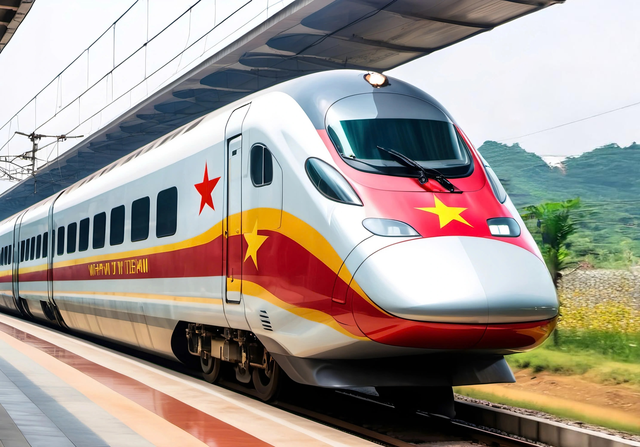

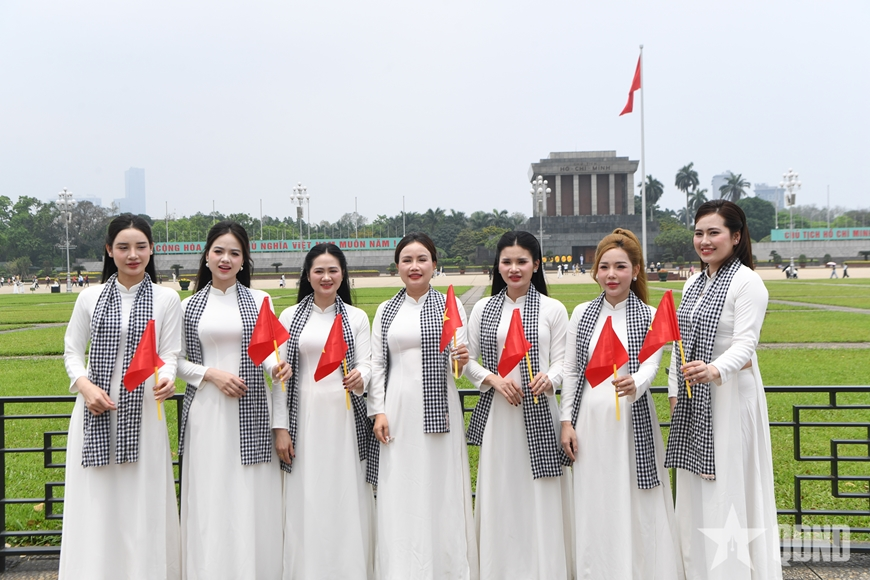
![[Photo] Prime Minister Pham Minh Chinh works with the Academy of Posts and Telecommunications Technology](https://vstatic.vietnam.vn/vietnam/resource/IMAGE/2025/4/24/83f86984b516422fb64bb4640c4f85eb)


![[Photo] Tourists line up to receive special information publications from Nhan Dan Newspaper](https://vstatic.vietnam.vn/vietnam/resource/IMAGE/2025/4/24/3ac2c0b871244512821f155998ffdd60)
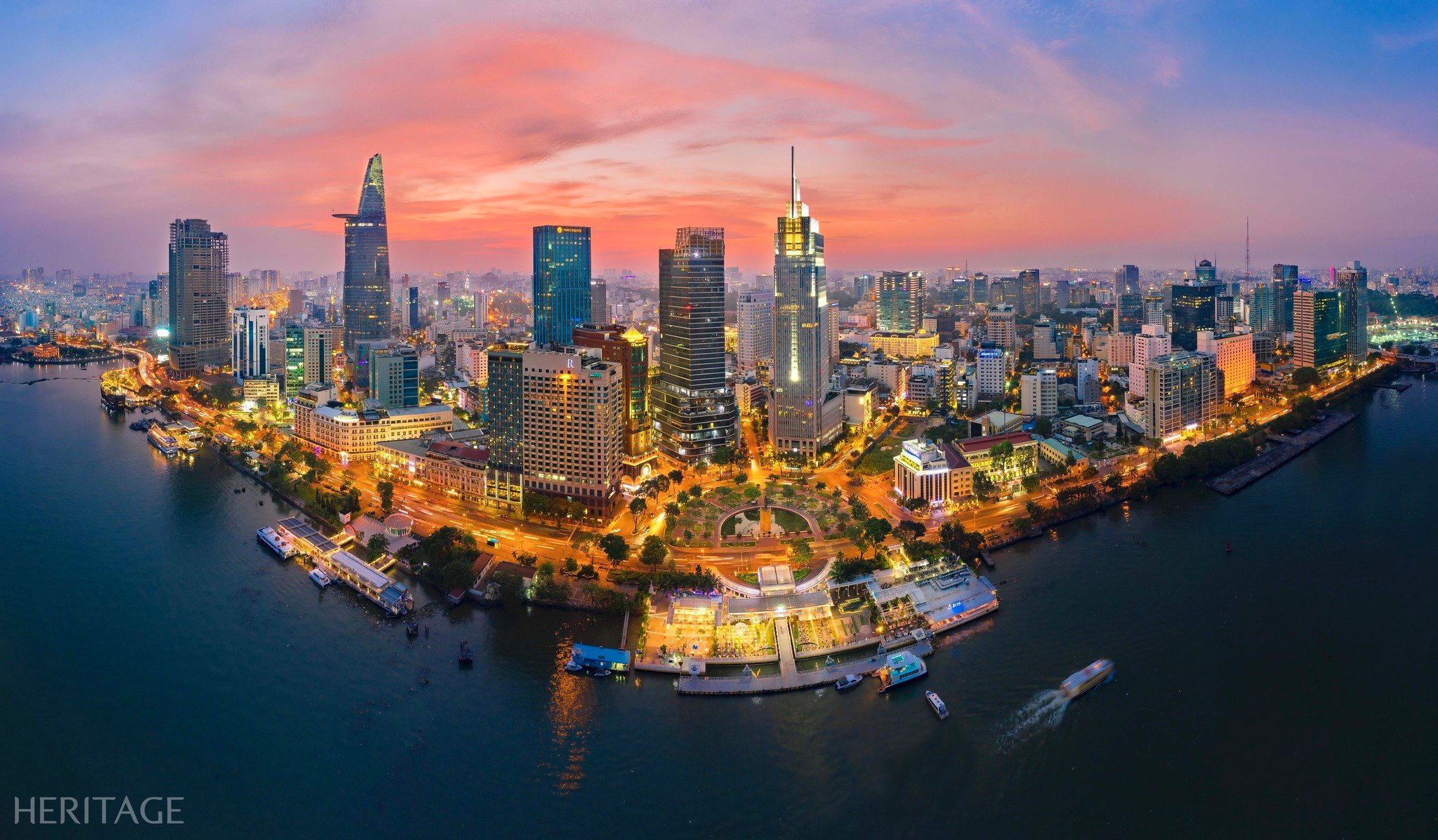
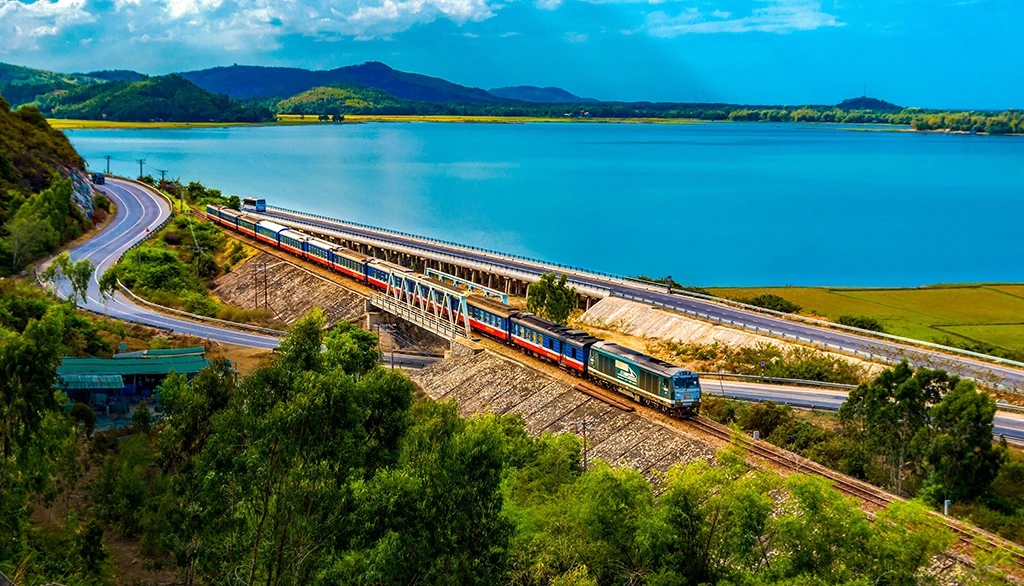

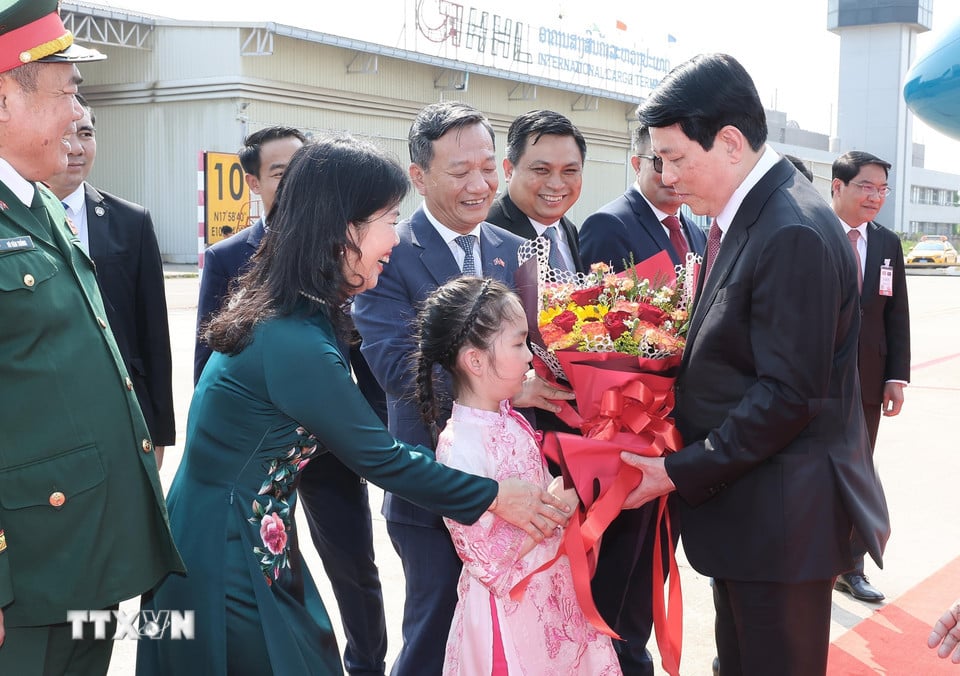



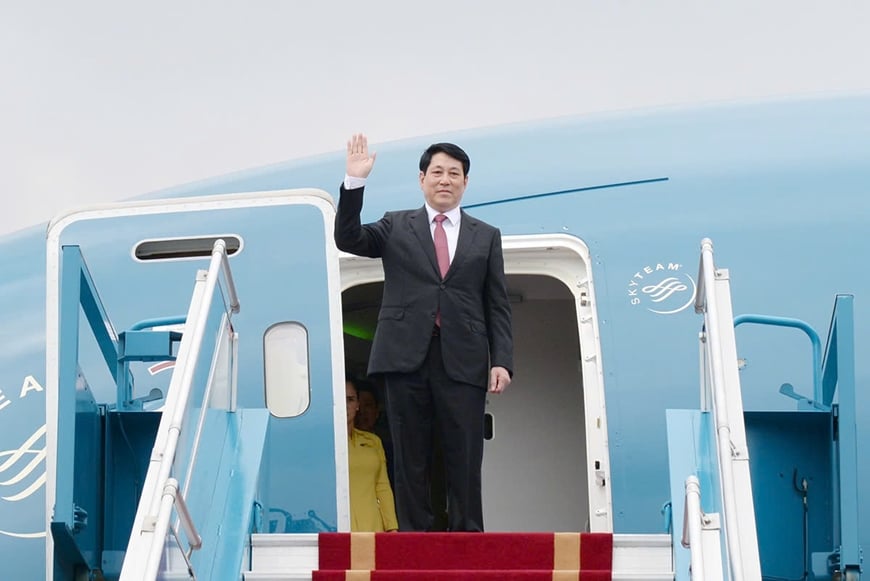




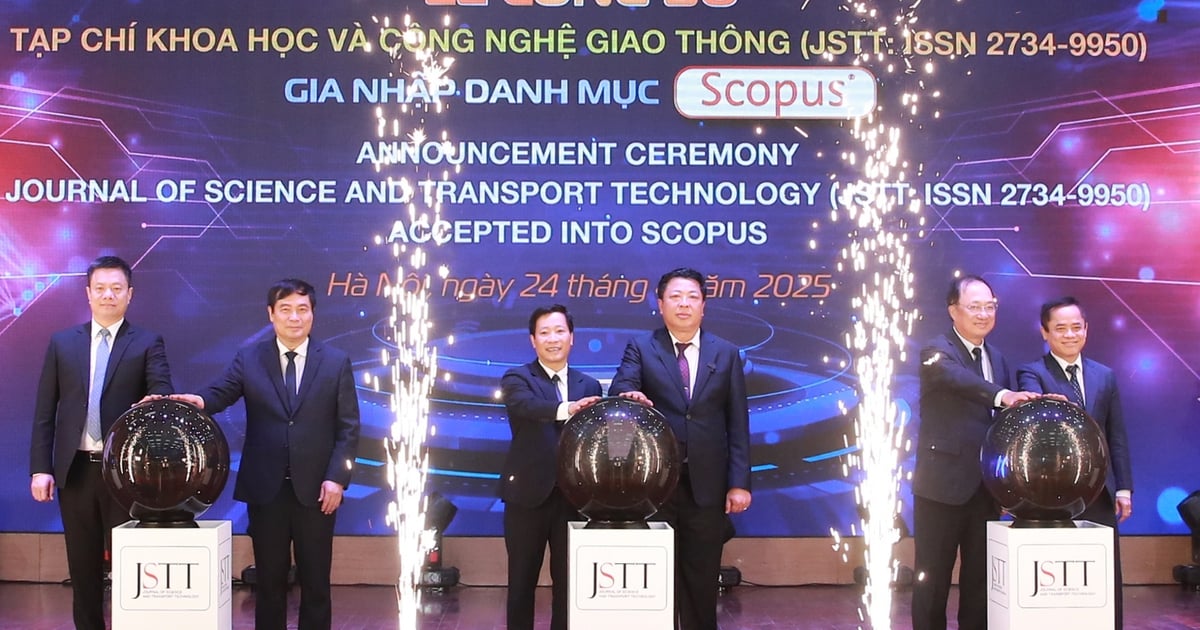

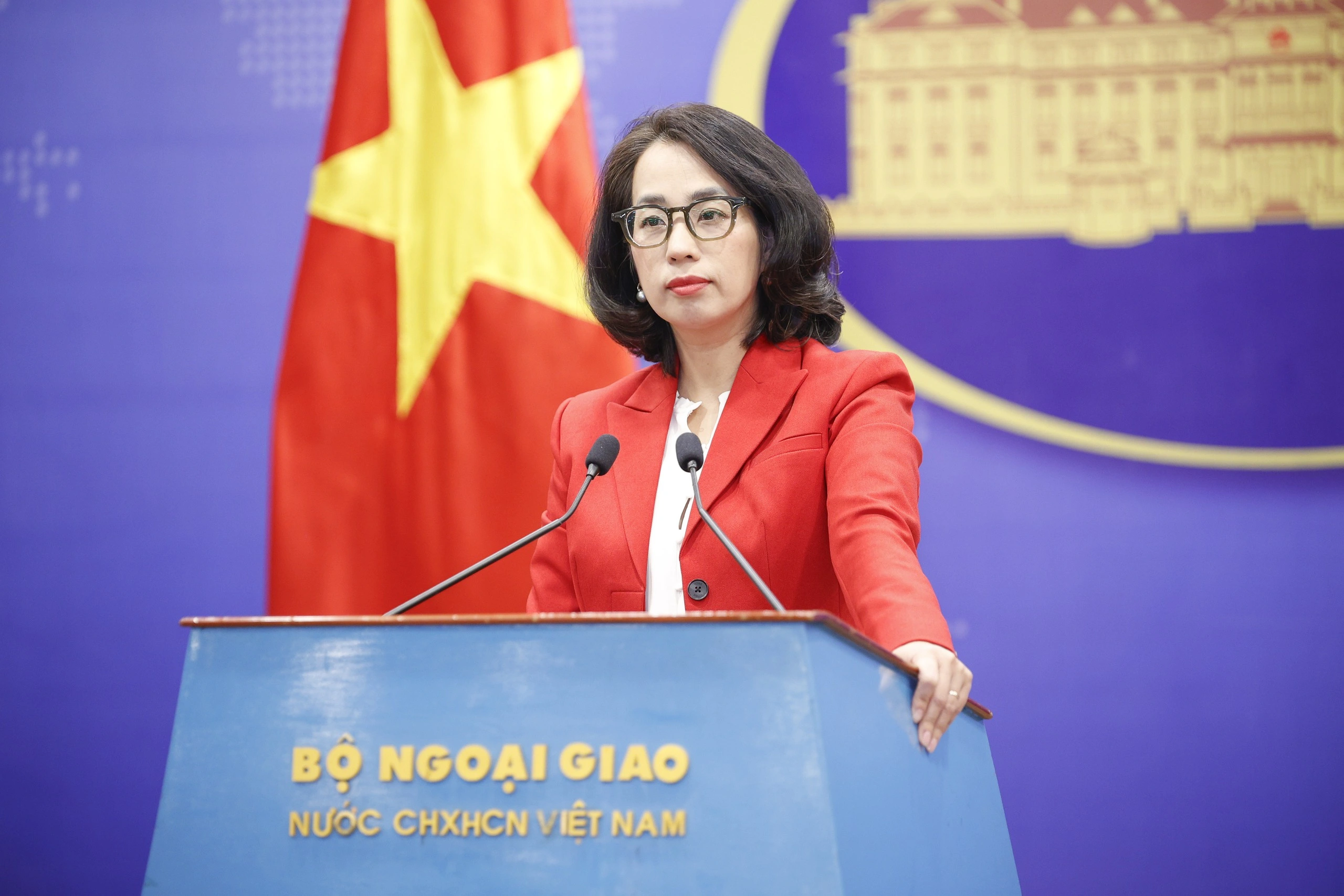


![[Photo] President Luong Cuong receives Ambassadors presenting their credentials](https://vstatic.vietnam.vn/vietnam/resource/IMAGE/2025/4/24/90fb9cc6c21e4607840f58305b4d4536)
![[Photo] Prime Minister Pham Minh Chinh launched the movement "The whole country competes in innovation and digital transformation"](https://vstatic.vietnam.vn/vietnam/resource/IMAGE/2025/4/24/77f7c5c63228481eaeaa5d7e3c59d19d)






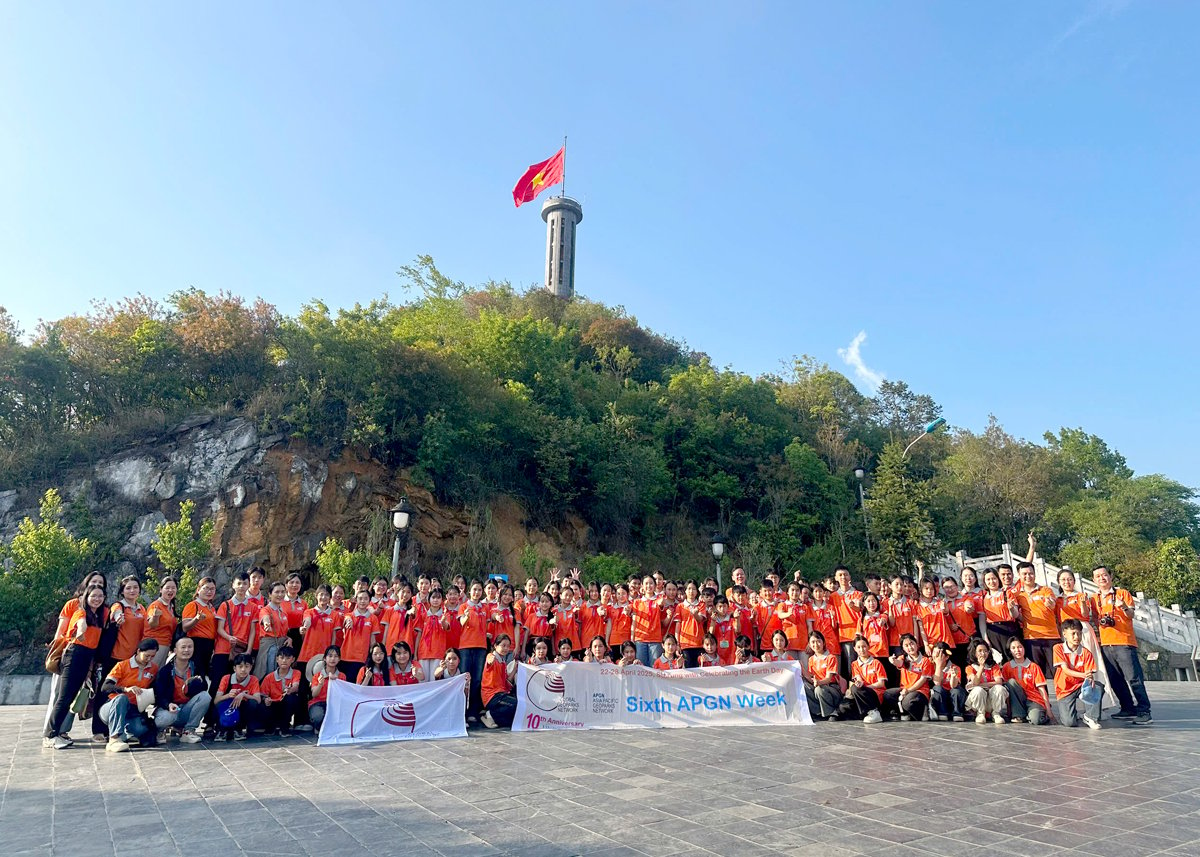



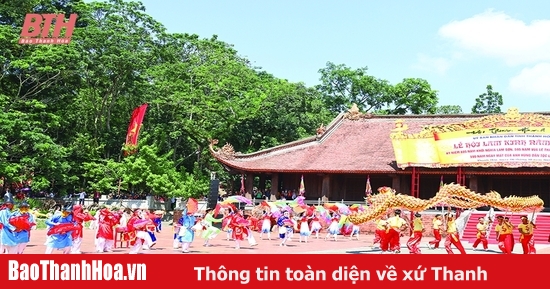

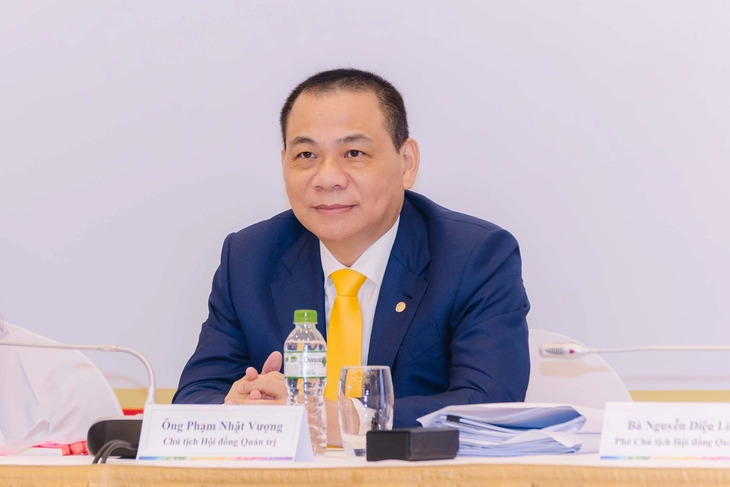












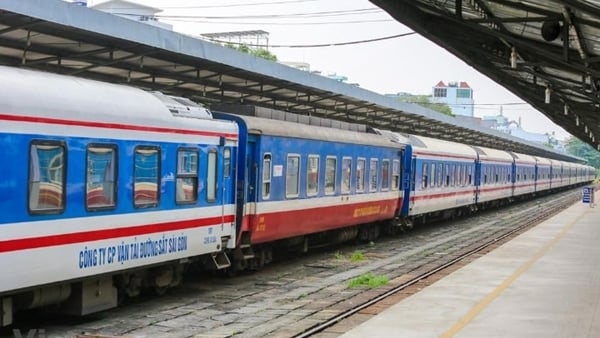
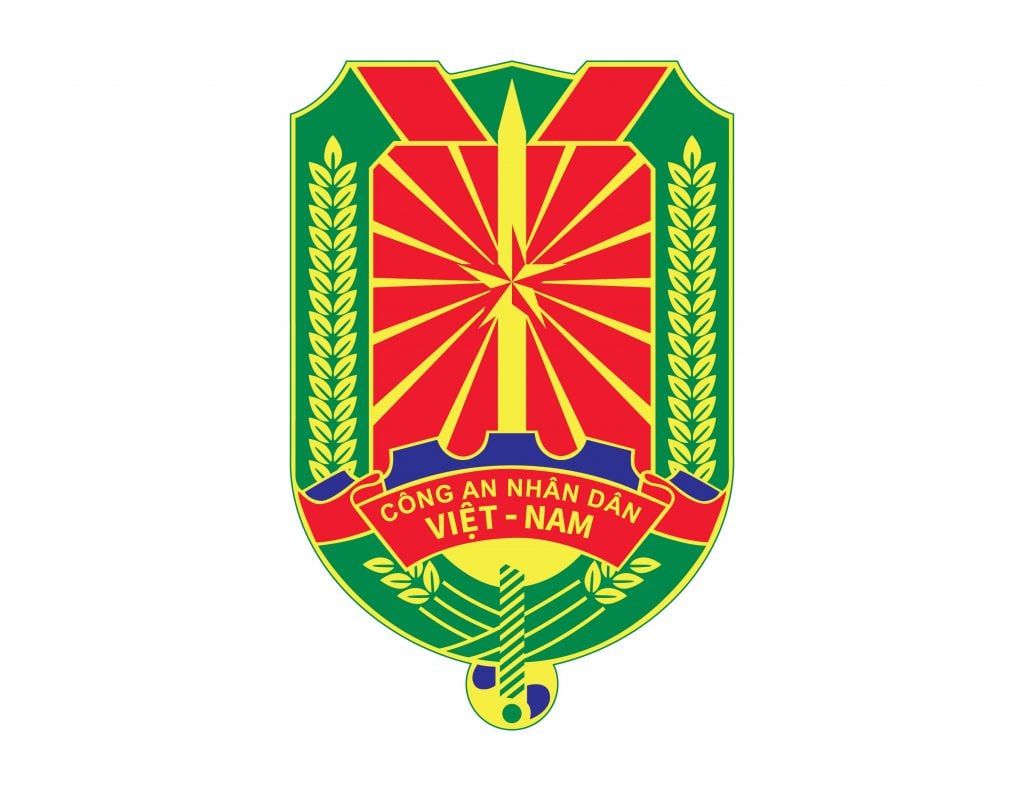
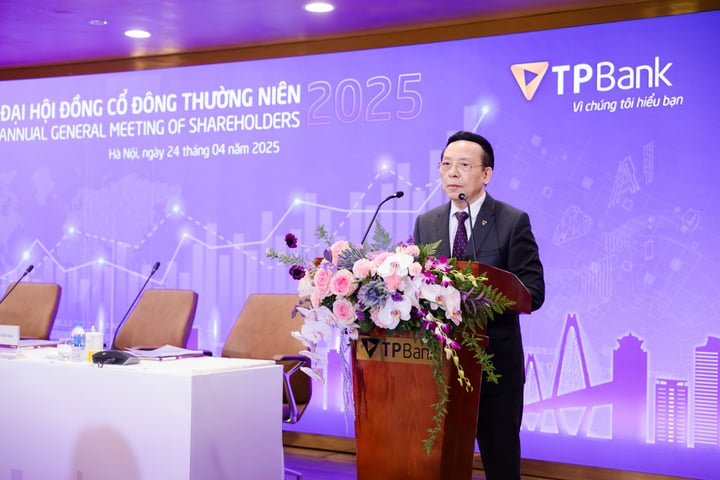










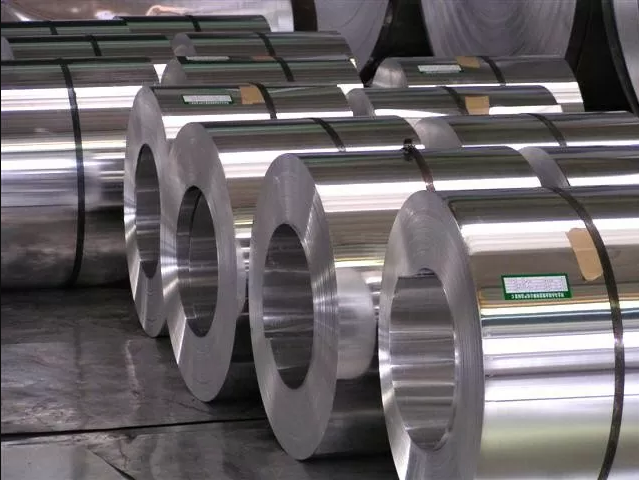






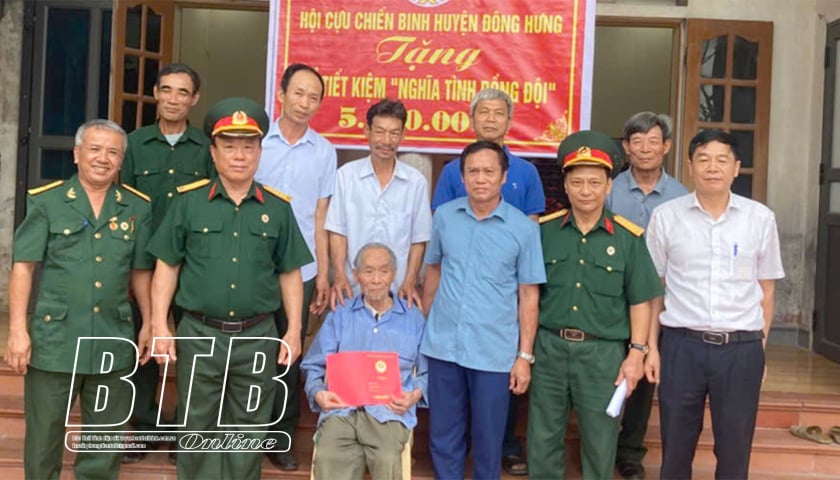
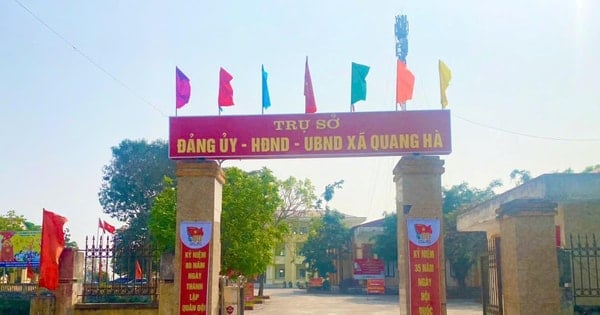

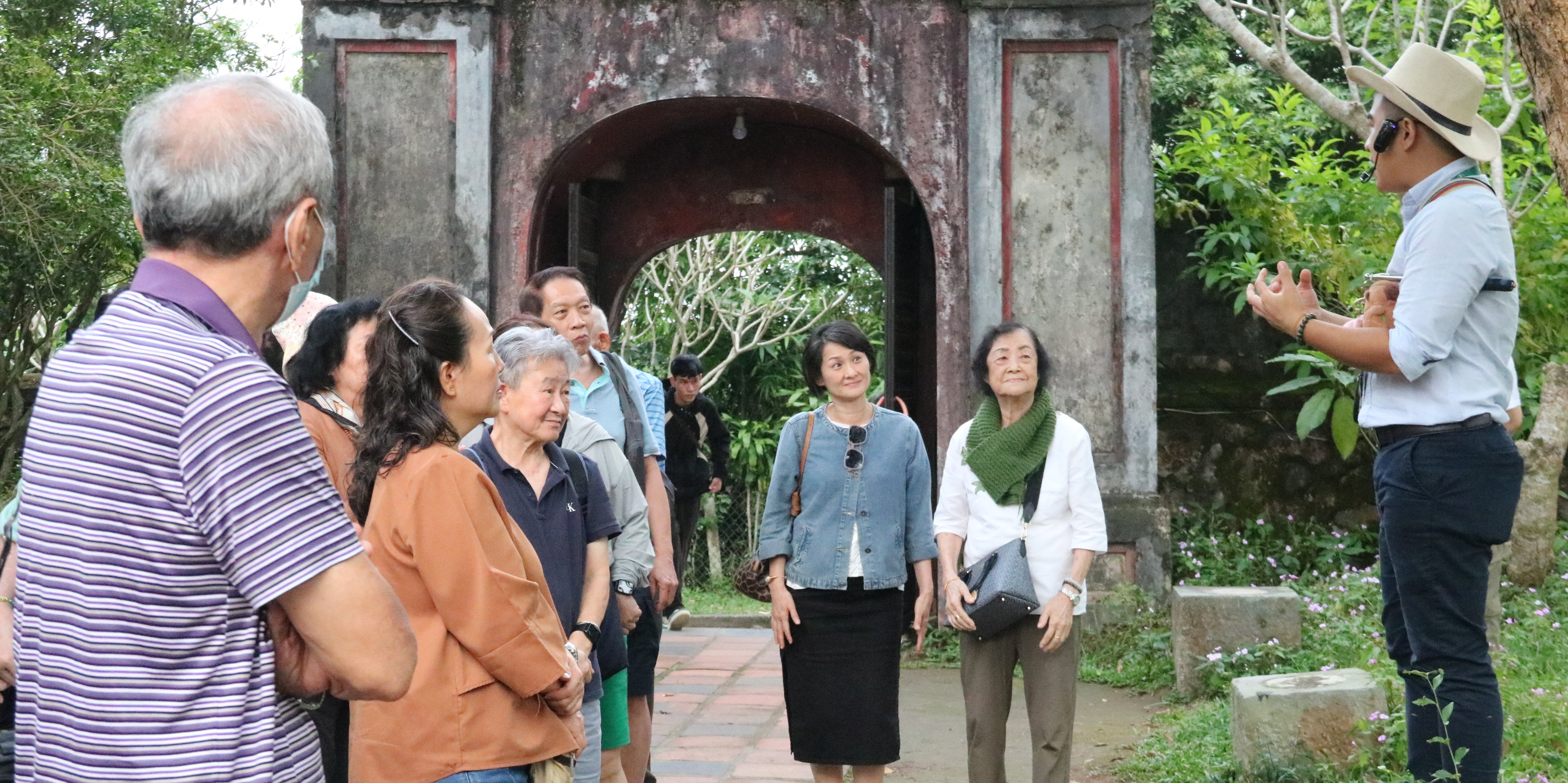




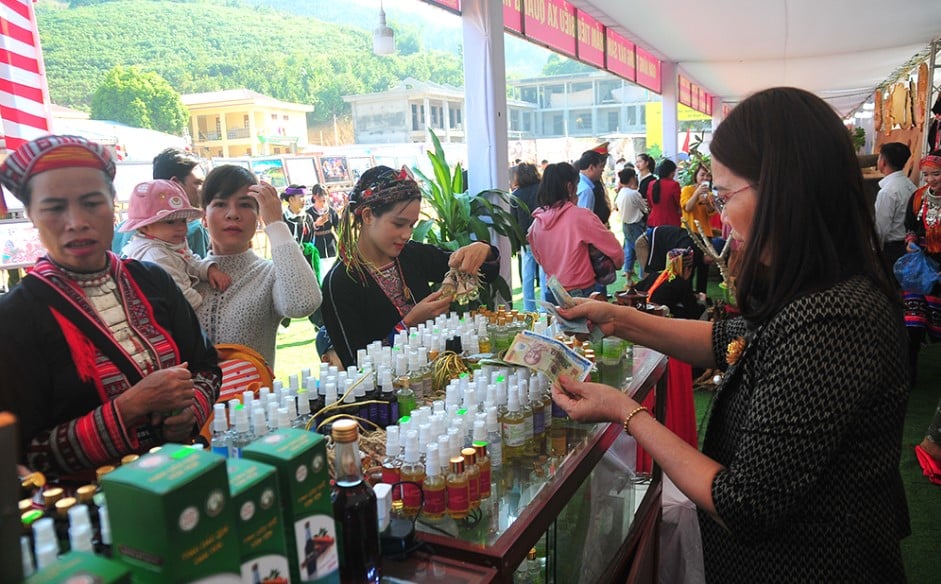
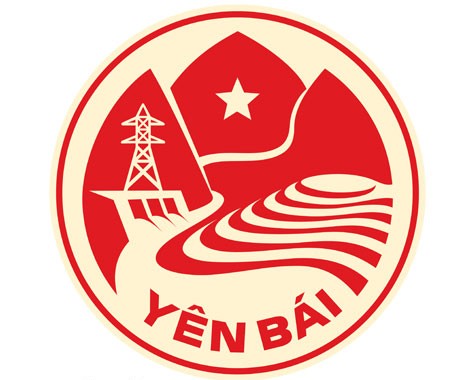


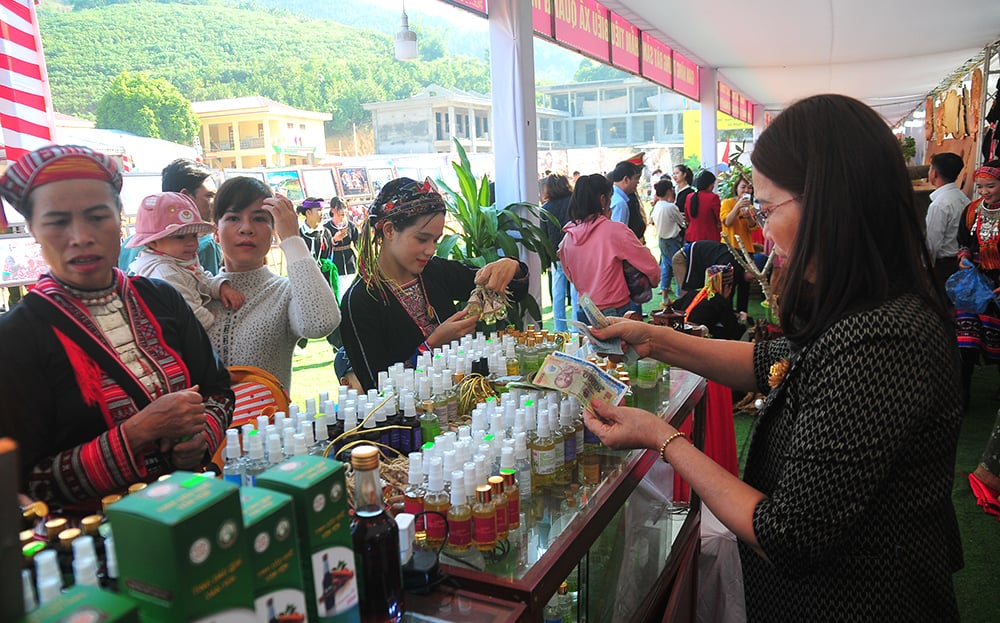


Comment (0)